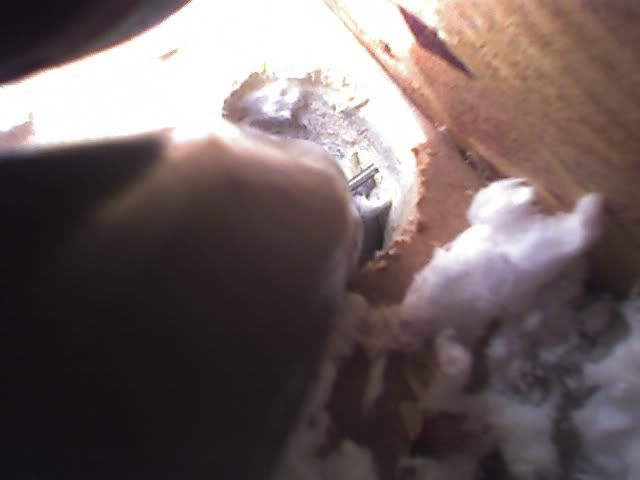76nemo
Senior Member
- Location
- Ogdensburg, NY
What do they have to do with anything here? :-?
As you know, in some area's the EC is responsible from the weatherhead down, some only from load side of the meter can. Even though it's his drop, the fault is line side of the main disconnect. I think I'd get them involved too if the HO wants to be stubborn! This way here, he can pull the meter, address the issue, and have a second party not willing to replace the meter until the issue was fixed. Two parties are better than one

